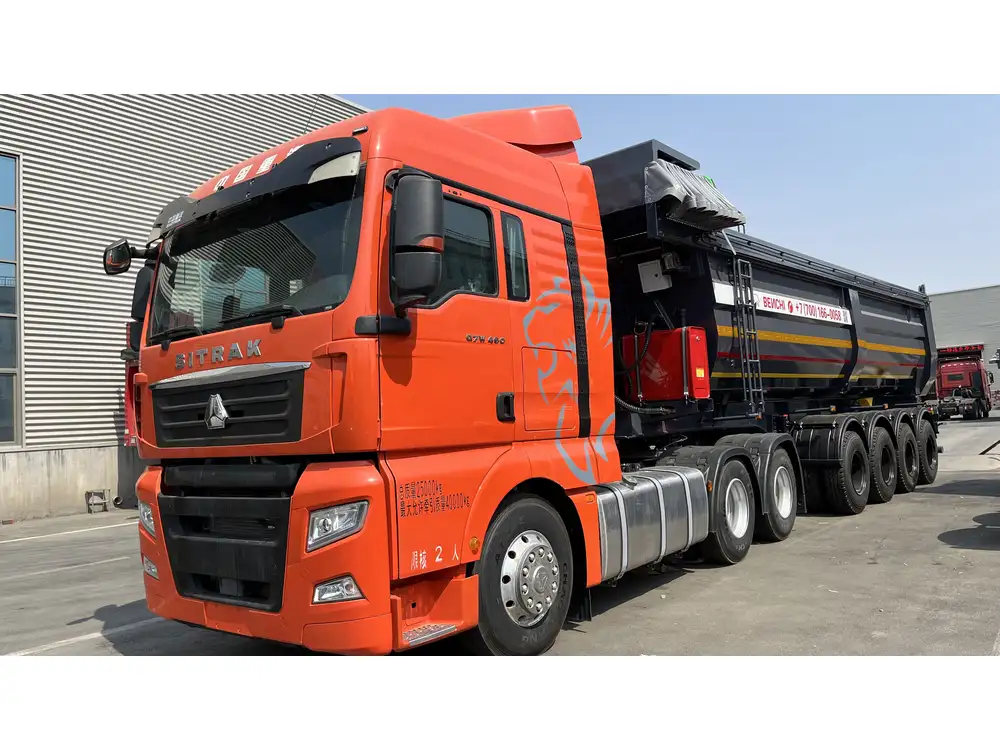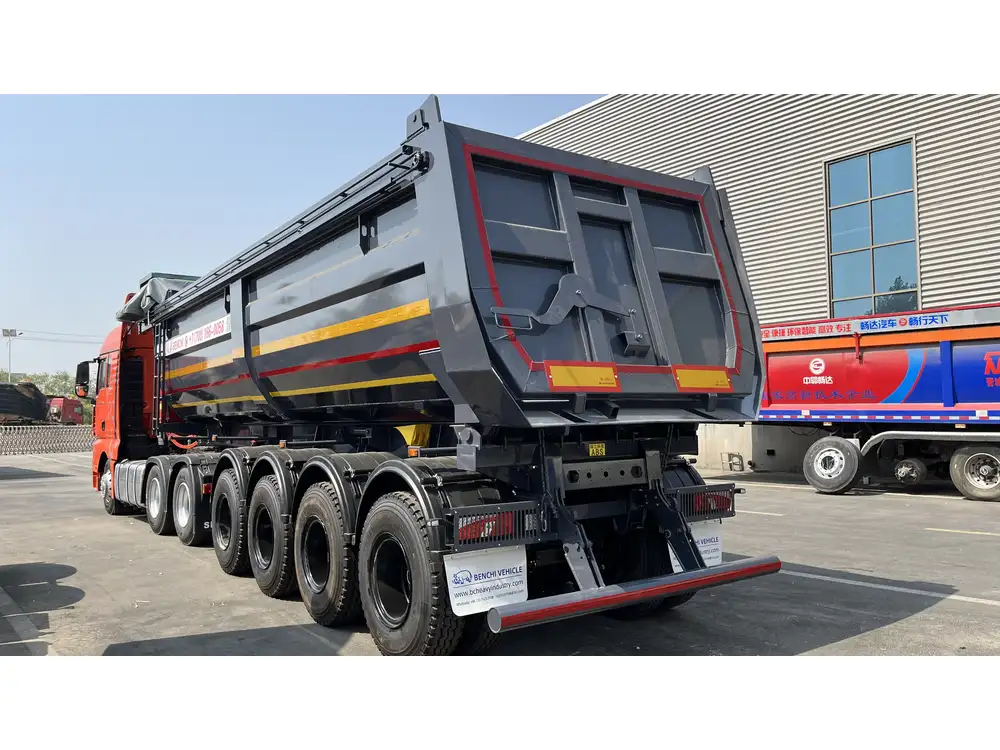When it comes to transporting liquids, especially in industries like agriculture, oil, and chemicals, tanker trucks play a critical role. One of the primary concerns for operators, logistics managers, and fleet owners is understanding the fuel capacity of these vehicles. In this article, we explore the intricacies of fuel capacity in tanker trucks, specifically focusing on how much fuel a typical tanker truck holds, and the factors that affect this metric.
1. Fuel Tanker Truck Capacity Overview
Fuel tanker truck capacity can vary widely based on multiple factors, including truck size, design purpose, and regulatory requirements. Generally, tanker trucks are classified according to their size and payload.
| Type of Tanker Truck | Typical Capacity (Gallons) | Common Uses |
|---|---|---|
| Small Tanker Truck | 1,000 – 3,000 | Local deliveries, small farms |
| Medium Tanker Truck | 3,000 – 6,000 | Regional transport |
| Large Tanker Truck | 6,000 – 11,000 | Long-haul transportation |
| Super Tanker Truck | 11,000+ | Bulk distribution, intercity |
1.1 The Importance of Knowing Fuel Capacity
Understanding the fuel capacity of a tanker truck is crucial for several reasons:
- Operational Efficiency: Knowing how much fuel you can carry directly impacts your delivery schedules.
- Cost Management: Overloading can lead to excess fuel costs and regulatory fines.
- Safety Compliance: Adhering to the legal limitations set for cargo weight is critical for safe road transport.

2. Factors Influencing Tanker Truck Capacity
Tanker truck capacity is not a one-size-fits-all metric. Various factors contribute to the ultimate fuel capacity, making it essential for operators to comprehend these nuances.
2.1 Design Type and Structure
Tanker trucks come in various designs, primarily:
- Single Compartment: Holds one type of liquid, varying from 3,000 to 11,000 gallons.
- Multi-Compartment: Designed to carry different liquids simultaneously, with each compartment typically holding around 1,500 – 5,000 gallons.
2.2 Regulations and Specifications
- DOT Regulations: The Department of Transportation (DOT) in the USA sets restrictions on the amount of liquid that can be transported to ensure road safety.
- State Regulations: States may have additional regulations affecting maximum allowable capacities.

2.3 Vehicle Type and Model
Different vehicle models come equipped with varying tank sizes. For instance, some heavy-duty trucks can accommodate larger tanks due to their stronger chassis and suspension systems.
2.4 Loading and Unloading Considerations
- Pump Efficiency: Pumps used to fill and empty tanks play a significant role in operational efficiency. Inefficient pumps can limit load times, thereby indirectly affecting capacity utilization.
- Safety Valves and Features: Trucks designed with additional safety measures for pressure and weight will potentially have reduced fuel capacity.
3. Fuel Type Variability
The type of fuel being transported also influences capacities. For example, gasoline and diesel have different densities, leading to various calculations regarding how many gallons can be transported while staying within weight limits.

3.1 Crude Oil vs. Refined Fuels
- Crude Oil: Typically less dense and can be transported in larger volumes (in comparison to its weight).
- Refined Fuels: More dense and typically leads to lower capacity for the same tanker truck size.
4. Real-World Examples and Comparisons
To gain a better perspective on tanker truck fuel capacities, let’s compare some real-world examples from different manufacturers:
| Manufacturer | Model | Capacity (Gallons) | Typical Use Case |
|---|---|---|---|
| Freightliner | Cascadia Tanker | 11,600 | Long-haul liquid transport |
| Kenworth | T680 Tanker | 10,500 | Chemical distribution |
| International | LT Series | 9,000 | Bulk fuel transport |
4.1 Key Takeaways from Comparisons
- Design Specialization: Each manufacturer designs their trucks with specialized capacities based on the intended market segment.
- Customer Needs: Organizations often choose tanker trucks based on specific transportation needs, factoring in both capacity and vehicle design.

5. Capacity Management Strategies
Understanding how much fuel a tanker truck can hold is crucial, but equally important is knowing how to manage that capacity effectively. Here are some strategies you might consider:
5.1 Route Optimization
Using GPS and routing software can help determine the most efficient routes, reducing time and fuel consumption.
5.2 Regular Maintenance Checks
Performing regular maintenance on pumps and seals ensures that the truck can operate at peak efficiency, minimizing downtime and maximizing capacity utilization.

5.3 Fleet Analytics
Investing in analytics can provide insights into how different trucks perform under varying load conditions and routes, offering a clear view of optimal capacities.
6. Safety Considerations Regarding Load Capacity
Adhering to safety guidelines not only protects the driver but also mitigates liability issues:
6.1 Regular Weight Checks
Monitoring the weight of your loads, especially post-refueling, ensures compliance with DOT regulations and reduces the risks of accidents.

6.2 Training for Drivers
Proper training regarding capacity limits and cargo handling can significantly improve overall safety during transportation.
7. Frequently Asked Questions (FAQs)
7.1 How is fuel capacity measured?
Fuel capacity in tanker trucks is typically measured in gallons and can be affected by the design and regulations pertaining to the truck.

7.2 What is the average MPG for a tanker truck?
The average miles per gallon (MPG) for a tanker truck varies significantly but generally ranges from 5 to 7 MPG, largely depending on load and driving conditions.
7.3 How does temperature affect fuel capacity?
Temperature influences the density of fuels; hence, warmer temperatures can lead to decreased density and could affect overall capacity calculations.
7.4 Are there any environmental regulations impacting capacity?
Yes, many regions have implemented stringent environmental regulations that may mandate reduced capacity to ease the emissions burden during transport.

Conclusion
In conclusion, understanding how much fuel a tanker truck can hold is multifaceted and influenced by several variables, from design specifications and fuel types to regulations and safety considerations. By comprehensively exploring these factors, operators and fleet managers can optimize their transportation logistics and enhance operational efficiency. Awareness of capacity not only helps in optimizing routes but also ensures compliance with safety standards, thereby fostering a more responsible and effective transportation environment.
For those involved in the logistics of fuel transportation, staying informed about both practical and regulatory aspects of tanker truck capacities is essential to success in an increasingly competitive and regulated market.



